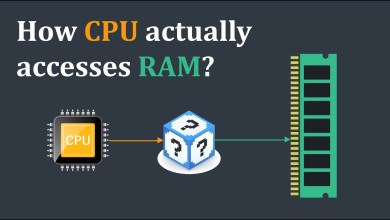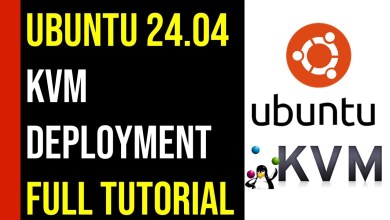Virtual Security Officer Interview Questions and Answers
Virtual Security Officer Interview Questions and Answers
Can you describe your experience in developing and implementing virtual security protocols?
Sample Answer: “In my previous role, I was responsible for designing and implementing virtual security measures, including firewalls, encryption protocols, and regular security audits. I also stayed updated on the latest cybersecurity threats to ensure our systems were adequately protected.”
How do you stay informed about the latest cybersecurity trends and threats?
Sample Answer: “I subscribe to industry newsletters, attend webinars, and participate in online forums. This helps me stay ahead of emerging threats and understand new technologies and best practices in the field.”
How do you approach incident response in a virtual environment?
Sample Answer: “I follow a systematic incident response plan, involving identification, containment, eradication, recovery, and lessons learned. Regular drills and simulations are essential for maintaining readiness.”
What virtualization security tools are you familiar with, and how do you use them to enhance security?
Sample Answer: “I am proficient in using tools like VMware NSX and Microsoft Hyper-V for virtualization security. These tools help in creating secure virtual networks, segmenting traffic, and implementing access controls.”
How do you handle security awareness training for employees working in a virtual environment?
Sample Answer: “I develop engaging training modules that cover the latest security threats and best practices. Regular phishing simulations are also conducted to assess and improve employee awareness.”
Can you discuss a specific virtual security project you led and the challenges you faced?
Sample Answer: “I led the implementation of a robust virtual private network (VPN) for our remote workforce. Challenges included ensuring user adoption and overcoming initial resistance, but we successfully enhanced our remote security posture.”
How do you ensure compliance with virtual security policies and regulations?
Sample Answer: “I conduct regular audits to verify adherence to security policies. Additionally, I keep abreast of changes in regulations and update our policies accordingly to maintain compliance.”
In the context of virtual security, how do you balance user convenience with stringent security measures?
Sample Answer: “I believe in implementing security measures that don’t impede productivity. This involves using multi-factor authentication, single sign-on solutions, and other user-friendly technologies.”
What steps do you take to monitor and mitigate potential security vulnerabilities in virtualized environments?
Sample Answer: “Regular vulnerability assessments and penetration testing are essential. I also stay in close communication with vendors to promptly address and patch any vulnerabilities.”
How do you handle data encryption in a virtualized environment, and why is it important?
Sample Answer: “I ensure that sensitive data is encrypted both in transit and at rest using strong encryption algorithms. This safeguards the data from unauthorized access, a critical aspect in virtual security.”
[ad_2]
source



